After 30+ years of working in and growing with the communication channel we now know as the Internet (it used to be called the ‘world wide web’, i.e. www), it is simply amazing that we still get inquiries and questions from small- to medium-sized companies about Internet Marketing or Digital Marketing as if there is a distinction between Marketing and the modern “Internet Marketing.”
Marketing in 2022 is Internet Marketing
We’re not discounting the value of that form traditionally described as word-of-mouth. These days word-of-mouth marketing simply happens digitally through rapid communications either online or through messaging, and it is validated with what we call ‘social proof’ or ‘social credibility.’
social proof / social credibility
Social proof or social credibility is how you or your company behaves on social media, interacts with customers, pays attention to what people are saying, shows confidence in its offering, addresses reviews by customers (real or not). If you are not doing everything you can to fulfill every opportunity there is on the Internet to reach potential customers, you’re missing out and bound to wilt against the competition.
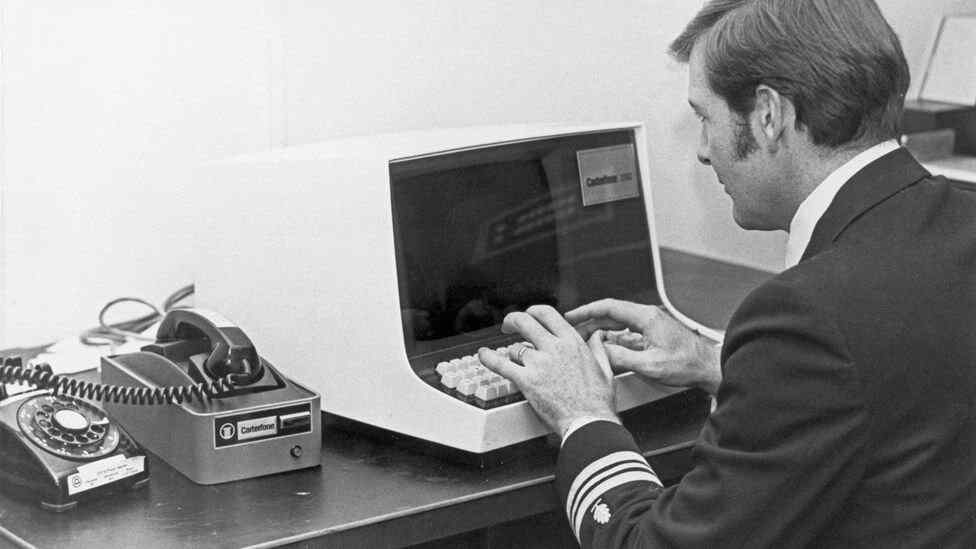
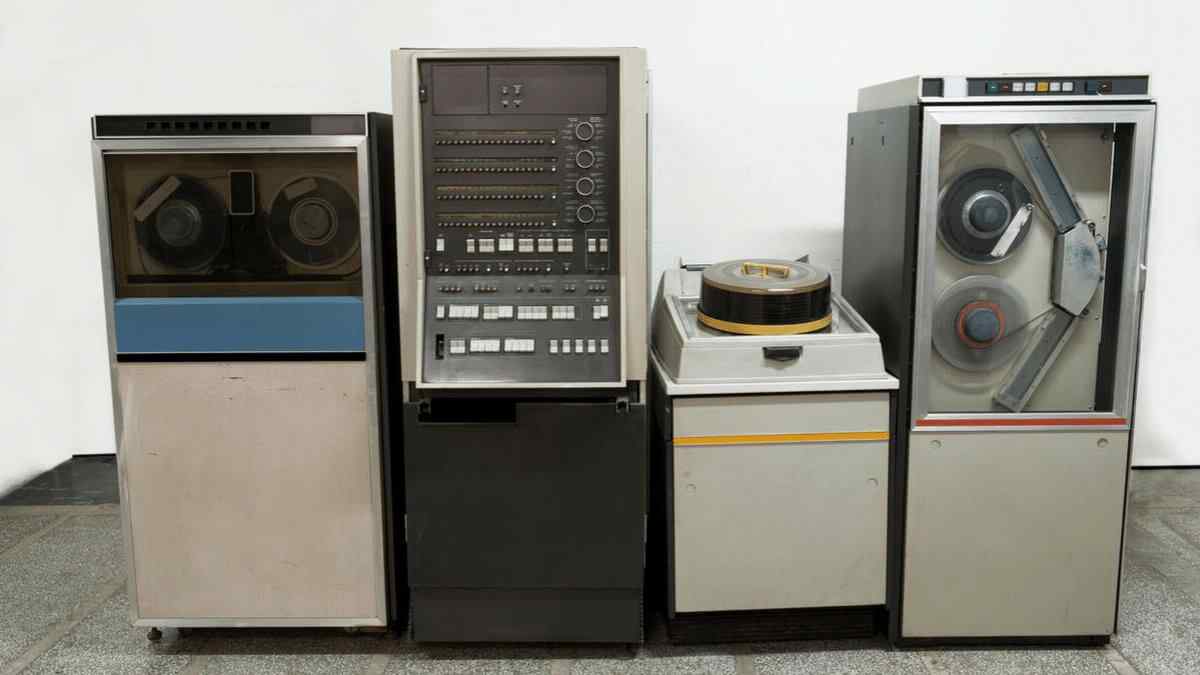
Why The Reluctance to Marketing Updates & Paradigm Shifts?
Metathesiophobia. It’s probably a word you may be unfamiliar with that means fear of change. At some point, we are all subject to a reluctance to commit to or pursue change, even if the benefits of doing so are clear.
Research has found that being overly worried about the consequences of change is the most detrimental mental state with regards to achieving success, due to the fact that many people will ultimately choose to refrain from trying something new even when presented with facts that increase the opportunity for success.
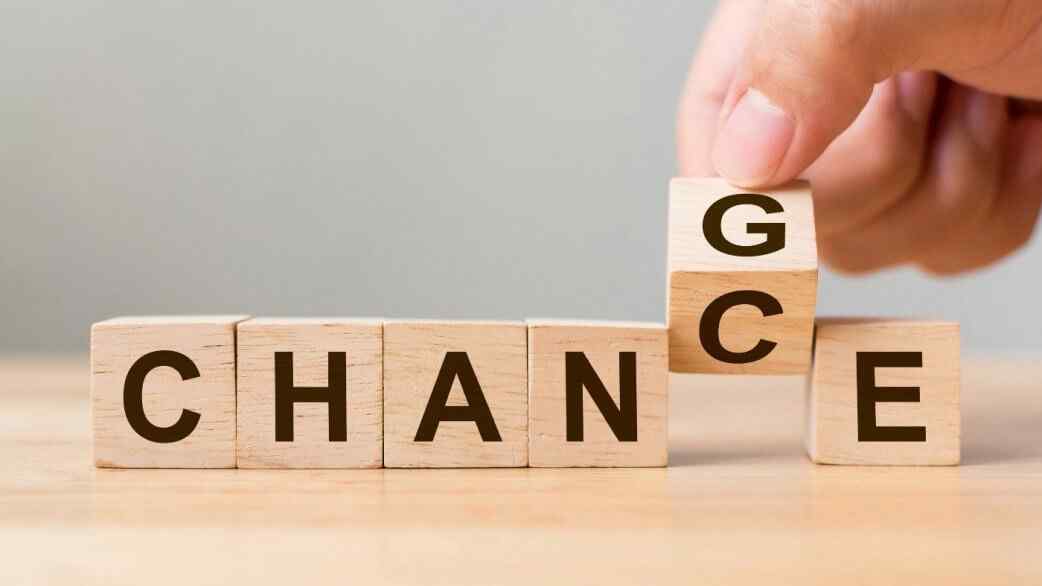

Why is it so hard to commit to change? Why do we routinely erect barriers to progression, and instead decide to settle for less? What is it that is getting in the way?
In the physical world, for an object to move, the forward propellant must be greater than the resistance (friction) working against it. Behavioral science has shown that people’s capacity to embrace change works in a similar way. The pursuit of progress and more success is our forward force, and the tendency to stay as we are, or resist, is the friction. It is easy and feels safer to remain static and continue with the status quo. Therefore, to gain any momentum toward our goal of progress and more success, it is necessary to add more forward force (persuasion) or reduce the friction (reluctance).
Neuroplasticity
Also known as ‘neural plasticity’ or ‘brain plasticity’, is the ability of neural networks in the brain to change through growth and reorganization. It is when the brain is rewired to function in some way that differs from how it previously functioned. In order to improve cognitive function, the aging brain must have plasticity — that is, the ability to change structure or function in a sustained manner in response to some type of external stimulation.
Business Change & Modern Marketing: Why Fear Arises
In business there are many reasons we may resist organizational change: fear of losing a life’s work, fear of losing capacity to earn and provide, fear of losing status, fear of letting go of the familiar, fear of learning something new, or just fear of the unknown.
Loss aversion, which describes the human behavior of focusing on avoiding loss over seeking gains, is a necessary and natural human trait for survival. However, if you are not educated in this natural human behavioral trait, are unaware of it, or even deny it, the consequence will be damaging.
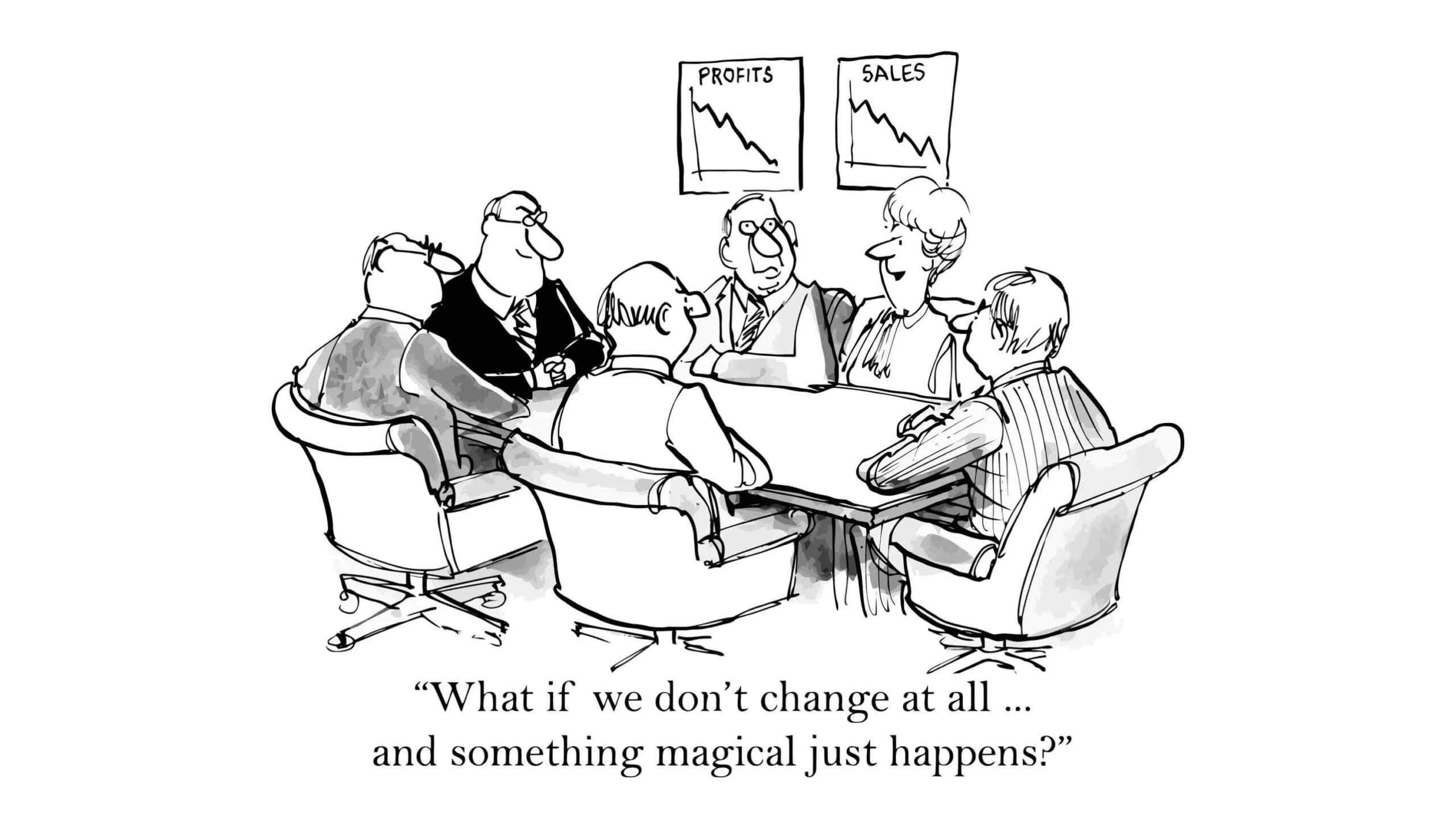
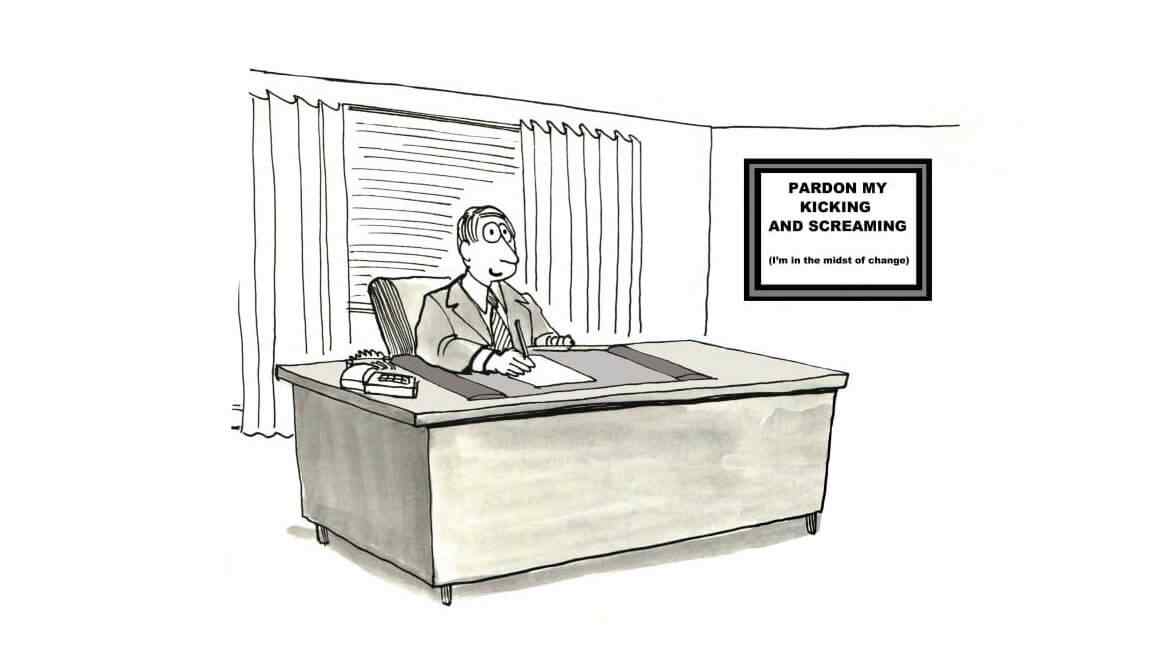
It’s entirely sensible to consider consequences and not leap feet first into every opportunity we’re presented. We always need to analyze the most appropriate ways to keep forward momentum while simultaneously remaining in control and embracing change/challenges.
It useful to remember the theme we see in so many children’s movies… “Life is Change.” If you don’t get on board with that, you and your legacy will be left behind.
Tradition is dead people’s baggage. Stop carrying it!
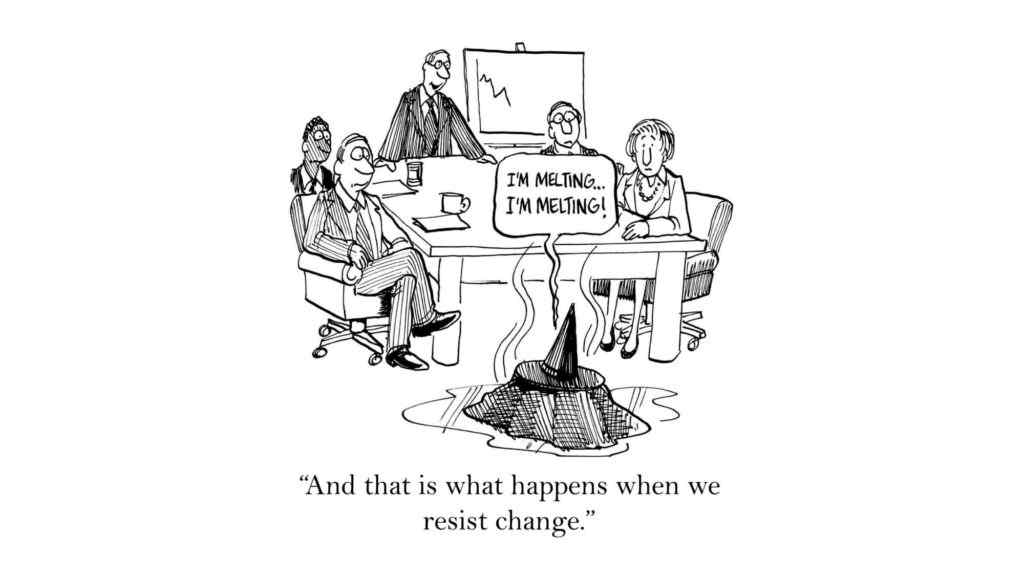
It’s when we make the leap and push beyond the familiar or one’s “comfort zone” that we often end up enjoying the greatest levels of success, satisfaction, and fulfilment. Real growth and business sustainability lies at the edge of the comfort zone for an organization’s owners or managers.